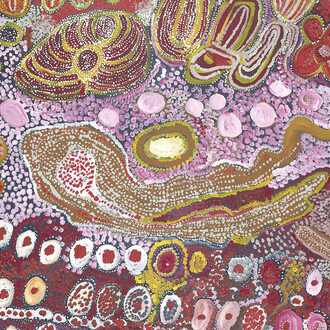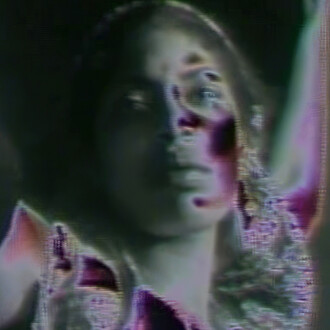With more than sixty works of art displayed year-round, the Hirshhorn Museum’s Sculpture Garden offers visitors a contemplative haven in the heart of our nation’s capital. Comprising nearly a fourth of Joseph Hirshhorn’s initial gift, sculptures were and remain a critical aspect of the Museum’s identity, and the Garden, which opened with the Museum in 1974, provides the perfect setting for a collection of modern sculpture that, at the time, was said to be “without parallel in the world.” In addition to the outdoor galleries that make up the Garden, the Plaza surrounding the Museum building affords ample space to exhibit more recent acquisitions. Together, the two sites form a landscaped venue for some of the Museum’s most cherished works.
Dating from the 1880s through the present, the sculptures on display differ in subject, style, and material. Some, particularly those sculptures created between the 1880s and the 1940s, were created as monuments, intended to memorialize historic acts or people. Rodin’s The Burghers of Calais and Monument to Balzac are notable instances of this—each, in their own way, a revitalization of past traditions.
Others, however, are assertively modern and offer a visual language constructed through abstraction and nonrepresentation, such as Beverly Pepper’s Ex Cathedra and Jean Arp’s Evocation of a Form: Human, Lunar, Spectral. Collectively, these and other major works showcase not only the complexity and diversity of international modern sculpture, but also the richness of the Hirshhorn’s collection. With the addition of prominent contemporary works such as Yayoi Kusama’s Pumpkin and Jimmy Durham’s Still Life with Spirit and Xitle, the Sculpture Garden and Plaza survey over a century of sculptural making, thus forming a comprehensive open-air museum enjoyed by hundreds of thousands of visitors each year.
















